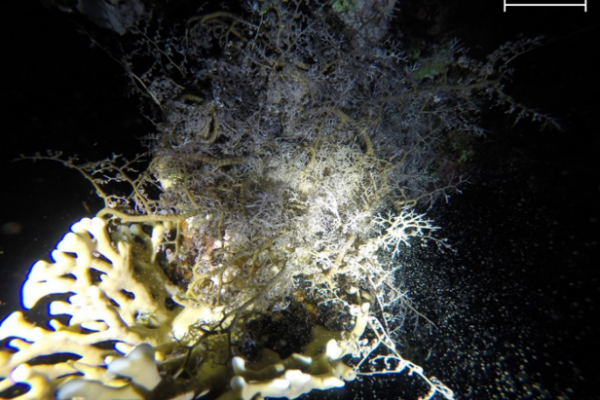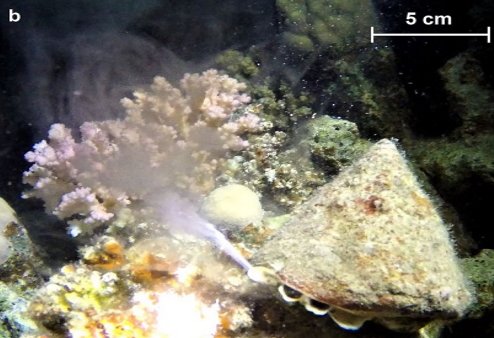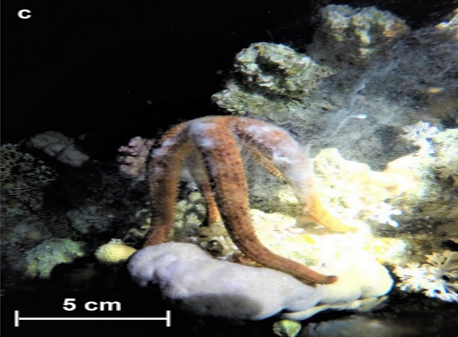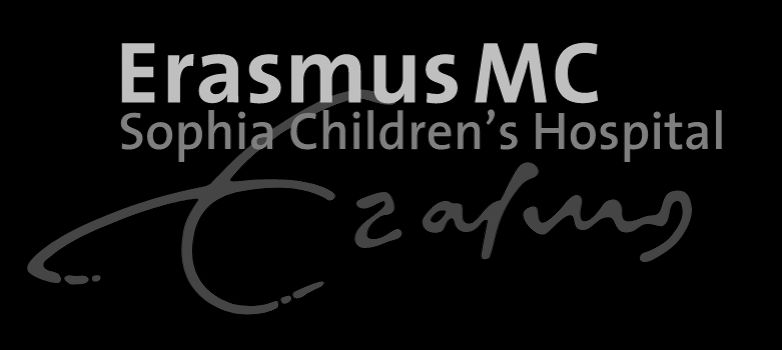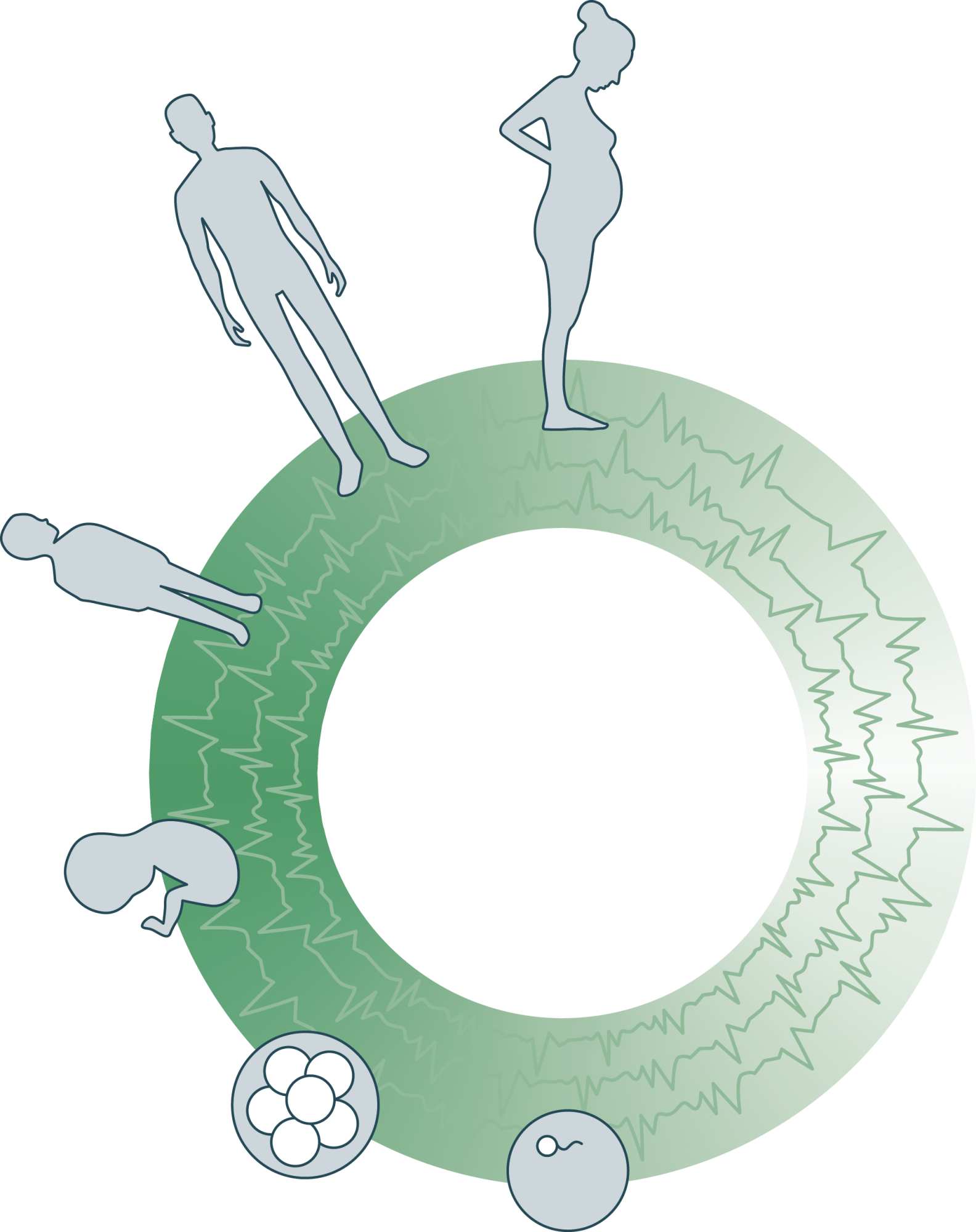Being a registered Medical Examiner of Divers and diving instructor I am always keen to answer research questions related to diving medicine. Together with Prof. dr. Rob van Hulst, dr. Robert Weenink and the Ministry of Defense we are currently studying the behavior of gas bubbles in the neural circulation.
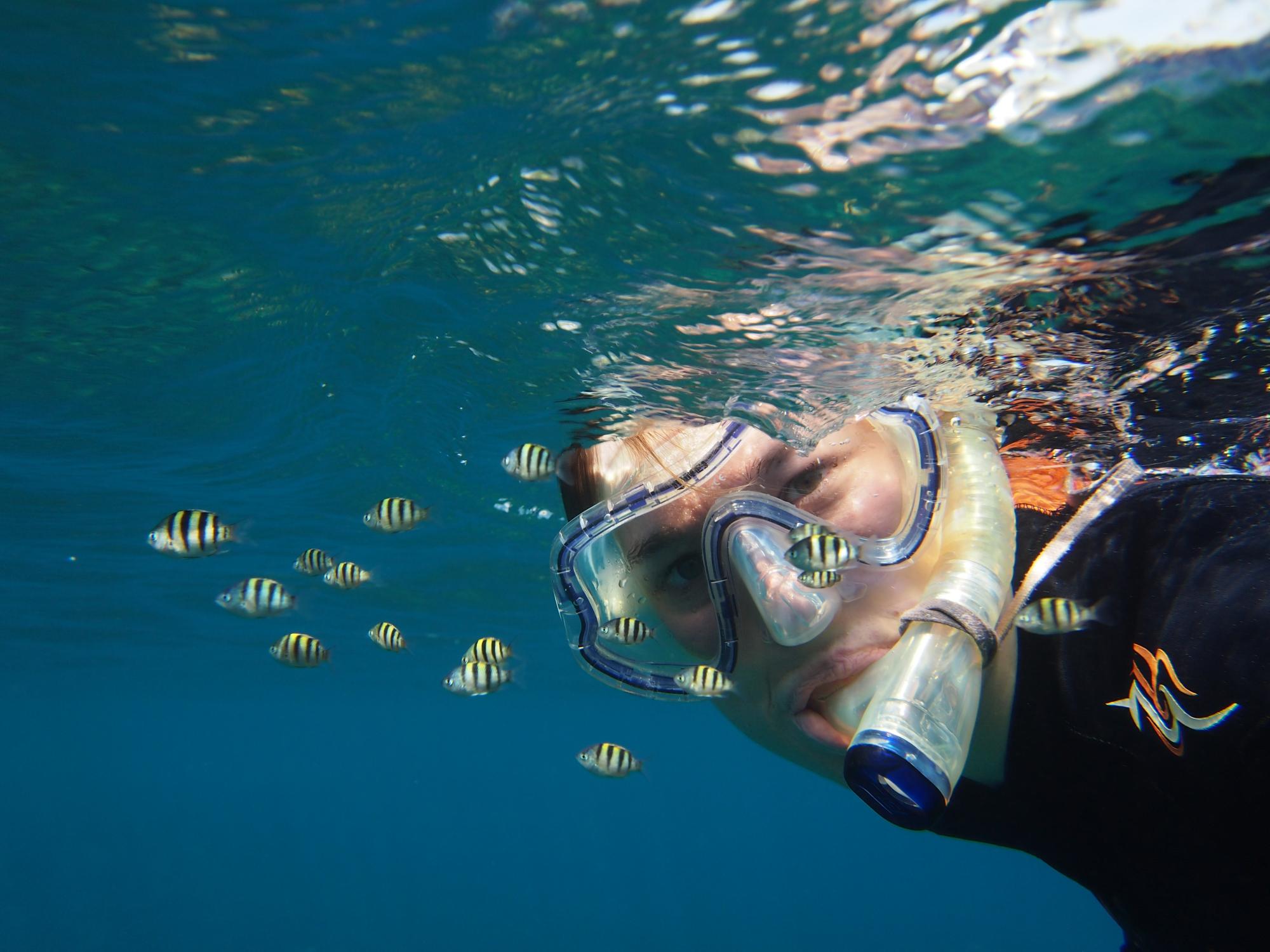
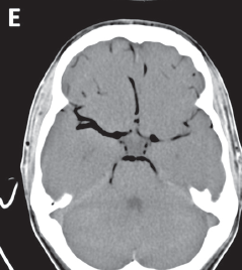
- de Bakker HM, Tijsterman M, de Bakker-Teunissen OJGB, Soerdjbalie-Maikoe V, van Hulst RA, de Bakker BS. Prevalence of pulmonary bullae and blebs in post-mortem computed tomography with potential implications for diving medicine. Chest. 2020 Apr;157(4):916-923.
- de Bakker HM, Kubat B, Soerdjbalie-Maikoe V, Vester M, de Bakker OJGB, van Hulst RA, de Bakker BS. Massive gas embolisms in diving fatalities visualized by radiology and neuro pathology; Clin Neuropathol. 2020 Sep/Oct;39(5):221-226.
Spawning of coral reef invertebrates
In my spare time, I study the spawning synchrony of non-coral invertebrates in the Red Sea, together with marine biologists. The broadcast release of both sperm and eggs into the water column has proven a very effective form of reproduction. As the window of this event, which is usually only a few nights per year, is closely tied to factors as temperature variation, lunar rhythms and photoperiod length, it is difficult to predict when spawning will occur. We strive to collect as much data as possible on the spawning events of coral reef invertebrates in the Red Sea. By doing so, we hope to predict spawning events in the future and to collect and store sperm and eggs of endangered species to ensure biodiversity in the future.
- Webb AE, Engelen AH, Bouwmeester J, van Dijk I, Geerken E, Lattaud J, Engelen D, de Bakker BS, de Bakker DM. Synchronized broadcast spawning by six invertebrates (Echinodermata and Mollusca) in the north-western Red Sea Marine Biology. Marine Biology 168, 56 (2021).

